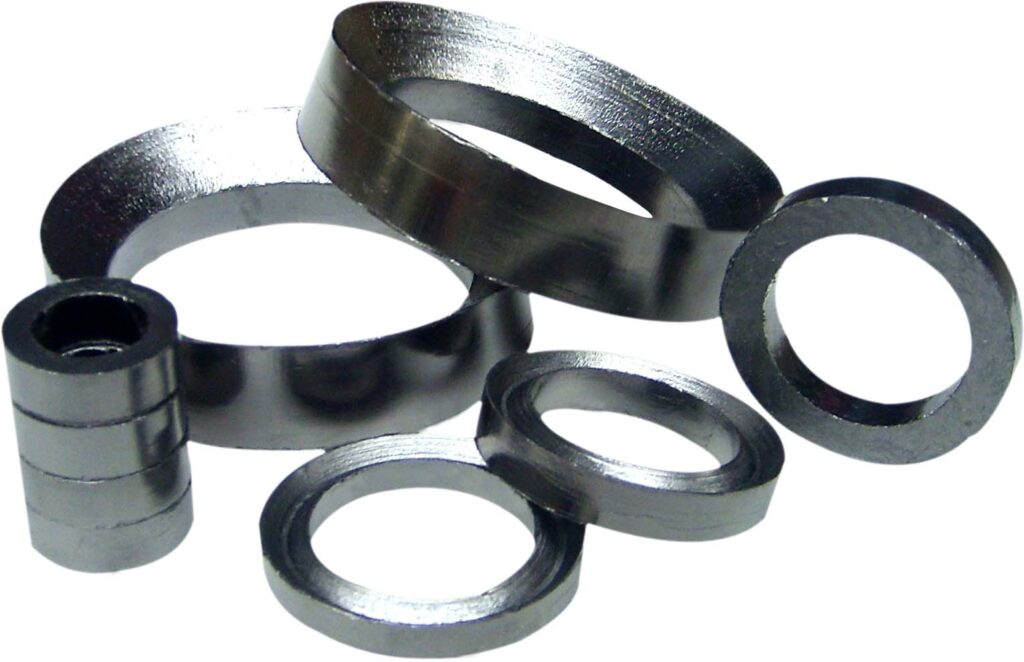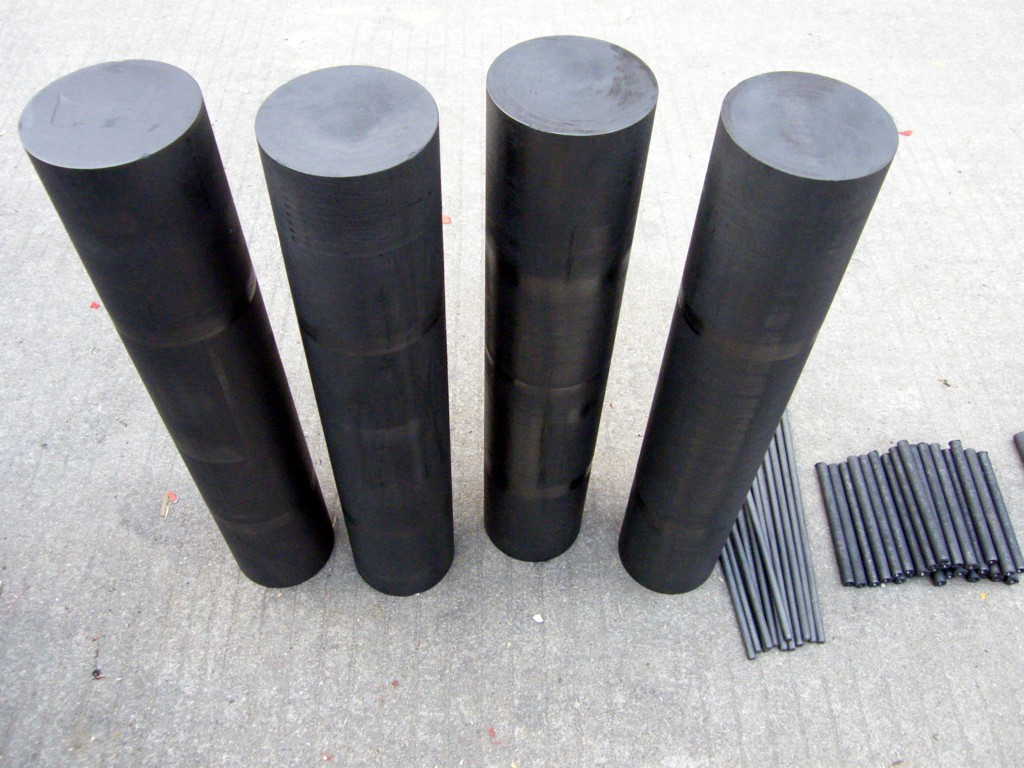In the hidden battlefield of high-temperature material processing, graphite crucibles are rewriting the industry’s rules of the game with a disruptive and innovative posture. When traditional refractory materials gradually become “inadequate” in extreme environments, graphite crucibles, with their outstanding performance, have become the “industrial wonder” that many research institutions and enterprises are competing to pursue. Today, as the new energy wave sweeps across the world, lithium-ion batteries, as the core power for electric vehicles, energy storage systems and consumer electronics, are developing at an unprecedented speed. Behind this energy revolution, there is a little-known but crucial “unsung hero” – the graphite crucible. It is not only a key consumable in lithium battery production, but also an innovative tool that promotes the efficient and green development of the industry
What is a graphite crucible?
Made from high-purity flake graphite and special binders through high-pressure molding and high-temperature treatment, it not only boasts extremely high mechanical strength, capable of easily withstanding the intense thermal stress during the high-temperature firing process, but also features outstanding chemical stability, remaining unshakable in corrosive environments such as acids and alkalis. The unique structural design endows it with excellent thermal conductivity, ensuring uniform heat distribution and preventing quality defects in the material due to local overheating or overcooling, significantly enhancing the product yield rate.
Its innovation is also reflected in the characteristic of sustainable development. Traditional saggars have a short service life and need to be replaced frequently, which not only increases costs but also causes waste of resources. Graphite crucibles, with their high oxidation resistance and excellent thermal shock resistance, have a service life several times that of ordinary crucibles. In addition, it can also achieve recycling and reuse, reducing enterprises’ reliance on new resources and meeting the current era’s demand for green production.
The innovative highlights of the graphite crucible
1,Super high temperature resistance, challenging the 2000℃ limit
Graphite crucibles are made of high-purity and high-strength graphite and can remain stable in extreme environments above 2000℃. Compared with traditional refractory materials, it not only has stronger heat resistance, but also can effectively resist the thermal shock caused by rapid cold and hot cycles, ensuring the safety and reliability of the production process
2,Green and environmentally friendly, contributing to the circular economy
With the explosive demand for lithium batteries, the production process of graphite crucibles is also constantly being innovated. The application of cold pressing forming technology makes production more efficient and energy-saving, while reducing the generation of waste. Some enterprises have even explored the recycling and reuse of discarded saggars, pioneering a new model of circular economy and injecting new impetus into green manufacturing.
3,Zero pollution, safeguarding the purity of batteries
In the sintering of lithium batteries, the purity of materials directly affects the performance of the batteries. The unique chemical stability of the graphite crucible ensures that the powder material does not react with the container at high temperatures, avoiding impurity contamination, thereby guaranteeing the high consistency and safety of the battery. This is particularly crucial in the production of high-performance lithium batteries
Intelligent manufacturing, customized future
With the help of CNC numerical control processing and high-pressure forming technology, modern graphite saggars can be customized in shape and size according to the requirements of different kilns and sintering. Some leading enterprises, are enhancing their production capacity and quality through intelligent manufacturing projects to meet the diverse demands of the global market
The application scenarios of graphite crucibles: The ubiquitous “high-temperature magic”
Lithium battery industry: Core Driving force
Graphite crucibles play the role of “carriers” in the sintering of positive and negative electrode materials for lithium batteries. It ensures that the powder material is uniformly heated at a high temperature of 1200-1500℃, avoiding local overheating or uneven heating, thereby enhancing the performance stability of the battery material. With the continuous rise in sales of new energy vehicles, the demand for graphite crucibles is growing rapidly, becoming the largest demand side in the lithium battery industry
Smelting of precious and rare metals
In the smelting of rare metals such as gold, silver, platinum, tungsten and molybdenum, graphite crucibles have become the ideal choice due to their resistance to the erosion of metal melts and their ability to withstand sudden temperature changes. It not only prolongs the service life of the equipment, but also improves the smelting efficiency.
Powder metallurgy and new materials research and development
Graphite crucibles are used to purify molds in powder metallurgy sintering and are suitable for processes such as the purification of graphite powder. Its high thermal conductivity and long service life make it a powerful assistant in the research and development of new materials.
With the continuous advancement of technology, graphite crucibles are developing towards functional integration and customization. In the future, graphite crucibles with intelligent monitoring functions may be launched, providing real-time feedback on data such as temperature and pressure, and offering precise control basis for the production process. Customized saggars for special process requirements will also meet the diverse demands of enterprises for personalized production.
Today, with the rapid development of materials science, graphite crucibles are no longer simple containers but a key force driving the transformation of the high-temperature materials processing industry. It has proved with its strength that innovation knows no bounds. Even those seemingly ordinary industrial components can shine with brilliant technological light, leading the industry towards a more efficient, greener and smarter future.


